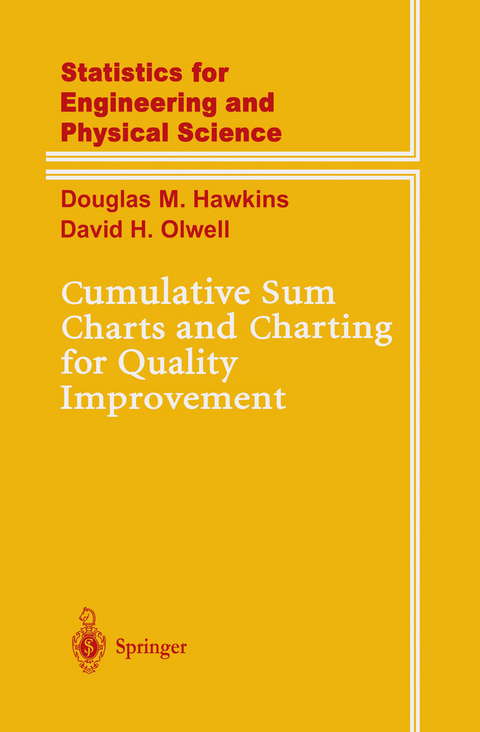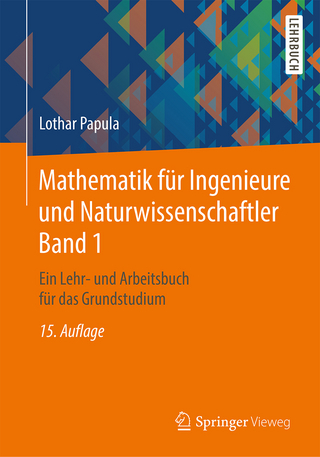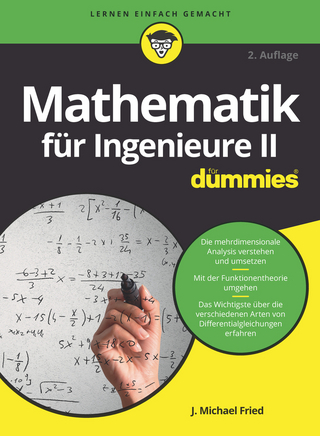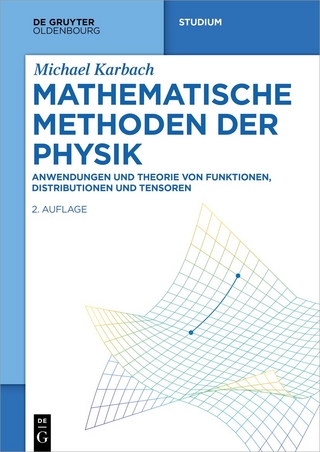
Cumulative Sum Charts and Charting for Quality Improvement
Springer-Verlag New York Inc.
978-0-387-98365-3 (ISBN)
1 Introduction.- 1.1 Common-cause and special-cause variability.- 1.2 Transient and persistent special causes.- 1.3 The Shewhart and CUSUM charts.- 1.4 Basis for the CUSUM chart for a normal mean.- 1.5 Out-of-control distribution of the CUSUM.- 1.6 Testing for a shift —the V mask.- 1.7 Estimation following a signal.- 1.8 Using individual readings or rational groups.- 1.9 The decision interval form of the CUSUM.- 1.10 Summary.- 1.11 Further reading.- 2 CUSUM design.- 2.1 The choice of k and h.- 2.2 Runs, run length, and average run length.- 2.3 The Shewhart Xbar chart as CUSUM.- 2.4 Summary.- 2.5 Further reading.- 3 More about normal data.- 3.1 In-control ARLs.- 3.2 Out-of-control ARLs.- 3.3 FIR CUSUMs: zero start and steady state start.- 3.4 Controlling for the mean within a range.- 3.5 The impact of variance shifts.- 3.6 Combined Shewhart and CUSUM charts.- 3.7 Effect of model departures.- 3.8 Weighted CUSUMs.- 3.9 Summary.- 3.10 Further reading.- 4 Other continuous distributions.- 4.1 The gamma family and normal variances.- 4.2 The inverse Gaussian family.- 4.3 Example from General Motors.- 4.4 Comments.- 4.5 Further reading.- 5 Discrete data.- 5.1 Types of discrete data.- 5.2 The graininess of the ARL function.- 5.3 The Poisson distribution and count data.- 5.4 The Poisson and CUSUMs.- 5.5 Weighted Poisson CUSUMs.- 5.6 The binomial distribution.- 5.7 Weighted binomial CUSUMs.- 5.8 Other discrete distributions.- 5.9 Summary.- 5.10 Further reading.- 6 Theoretical foundations of the CUSUM.- 6.1 General theory.- 6.2 The general exponential family.- 6.3 The Markov property of CUSUMs.- 6.4 Getting the ARL.- 6.5 Summary.- 6.6 Further reading.- 7 Calibration and short runs.- 7.1 The self-starting approach.- 7.2 The self-starting CUSUM for a normal mean.- 7.3 Self-startingCUSUMs for gamma data.- 7.4 Discrete data.- 7.5 Summary.- 7.6 Further reading.- 8 Multivariate data.- 8.1 Outline of the multivariate normal.- 8.2 Shewhart charting—Hotelling’s T2.- 8.3 CUSUM charting — various approaches.- 8.4 Regression adjustment.- 8.5 Choice of regression adjustment.- 8.6 The use of several regression-adjusted variables.- 8.7 The multivariate exponentially weighted moving average.- 8.8 Summary.- 8.9 Further reading.- 9 Special topics.- 9.1 Robust CUSUMs.- 9.2 Recursive residuals in regression.- 9.3 Autocorrelated data.- 9.4 Summary.- 9.5 Further reading.- 10 Software.- 10.1 Programs and templates.- 10.2 Data files.- References.
| Reihe/Serie | Information Science and Statistics |
|---|---|
| Zusatzinfo | XVI, 247 p. |
| Verlagsort | New York, NY |
| Sprache | englisch |
| Maße | 155 x 235 mm |
| Themenwelt | Mathematik / Informatik ► Mathematik ► Angewandte Mathematik |
| Mathematik / Informatik ► Mathematik ► Wahrscheinlichkeit / Kombinatorik | |
| Naturwissenschaften | |
| ISBN-10 | 0-387-98365-1 / 0387983651 |
| ISBN-13 | 978-0-387-98365-3 / 9780387983653 |
| Zustand | Neuware |
| Haben Sie eine Frage zum Produkt? |
aus dem Bereich


